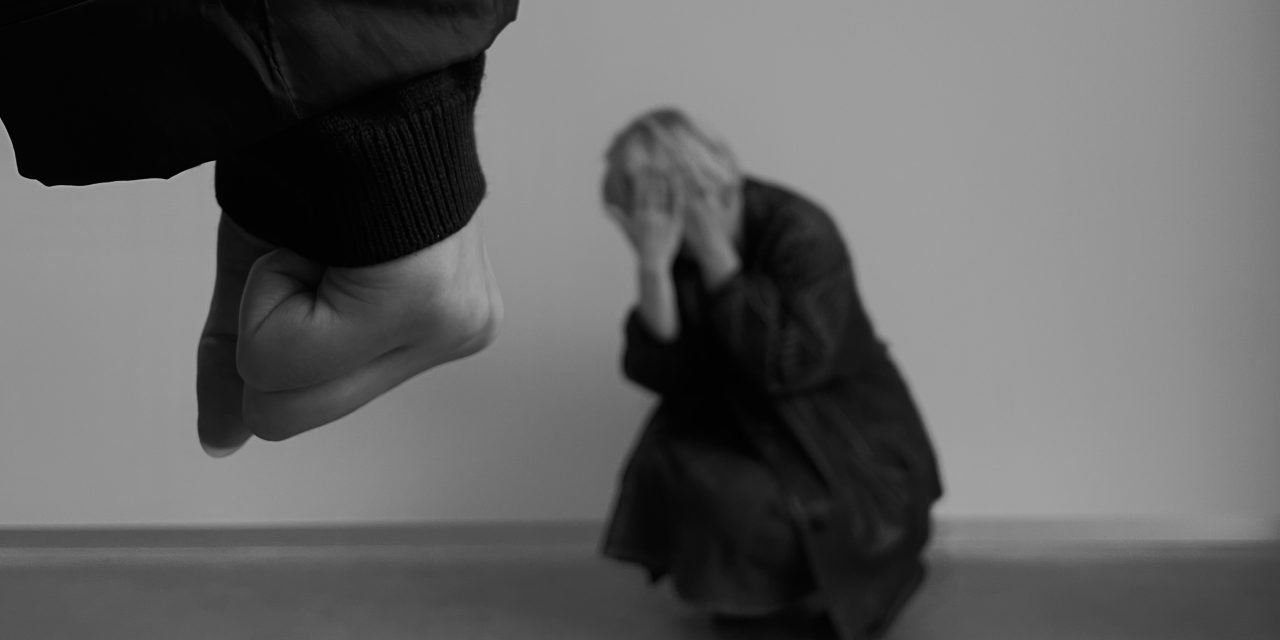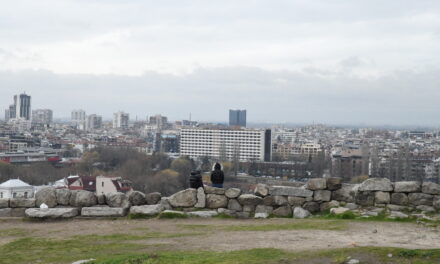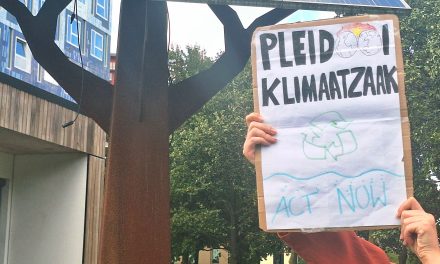While statistics show high rates of violence against women in the Nordic EU countries, it might not translate to less of a problem in the South. According to Ph.D. researcher at the European University Institute, William Ø. Sørensen, there are indicators that the women of southern Europe experience just as much violence, when comparing more profoundly.
By Freya Bjerrum
The highest rates of violence against women in the EU are found in the Nordic countries. At the same time, these countries are the most gender equal, according to the EU index. Ever since the so-called ‘Nordic paradox’ was phrased for the first time, researchers and professors have asked themselves: How can such conflicting statistics possibly co-exist in the same societies?
However, while statistics suggest a much greater problem in the North, it may not be as simple as that. That is according to William Ø. Sørensen, who researched the complex phenomenon of the North, and how different countries perceive violence against women.
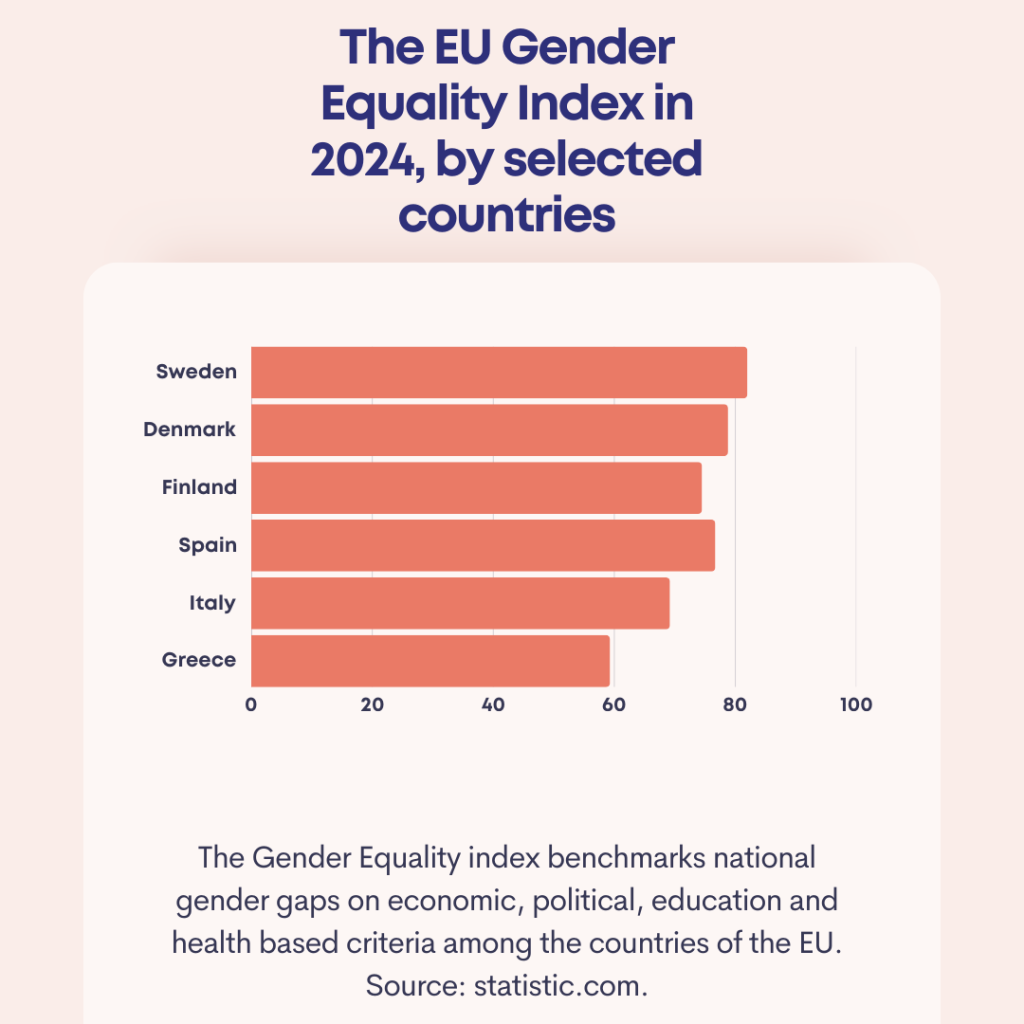
The ‘Nordic paradox’ as an academic discussion has been accused of focusing too much on the general states of the countries. Instead, it is important to investigate the individual factors, that are crucial to understand the tendency of violence against women thoroughly, he says:
“It has been criticized for its rather shallow approach in conceptualizing violence. Studies show that violence is a very complex and contextual phenomenon – me hitting you can mean something, while you hitting me can mean something entirely different.”
In the Nordic countries, a great number of women says they experienced violence. Meanwhile, if you look at Spain, a relatively small number of women says they experienced violence. However, William Ø. Sørensen found that these women experienced it a lot of times, and a more severe type of violence:
“If you take these dimensions into account, there is no ‘Nordic paradox’,” he says.
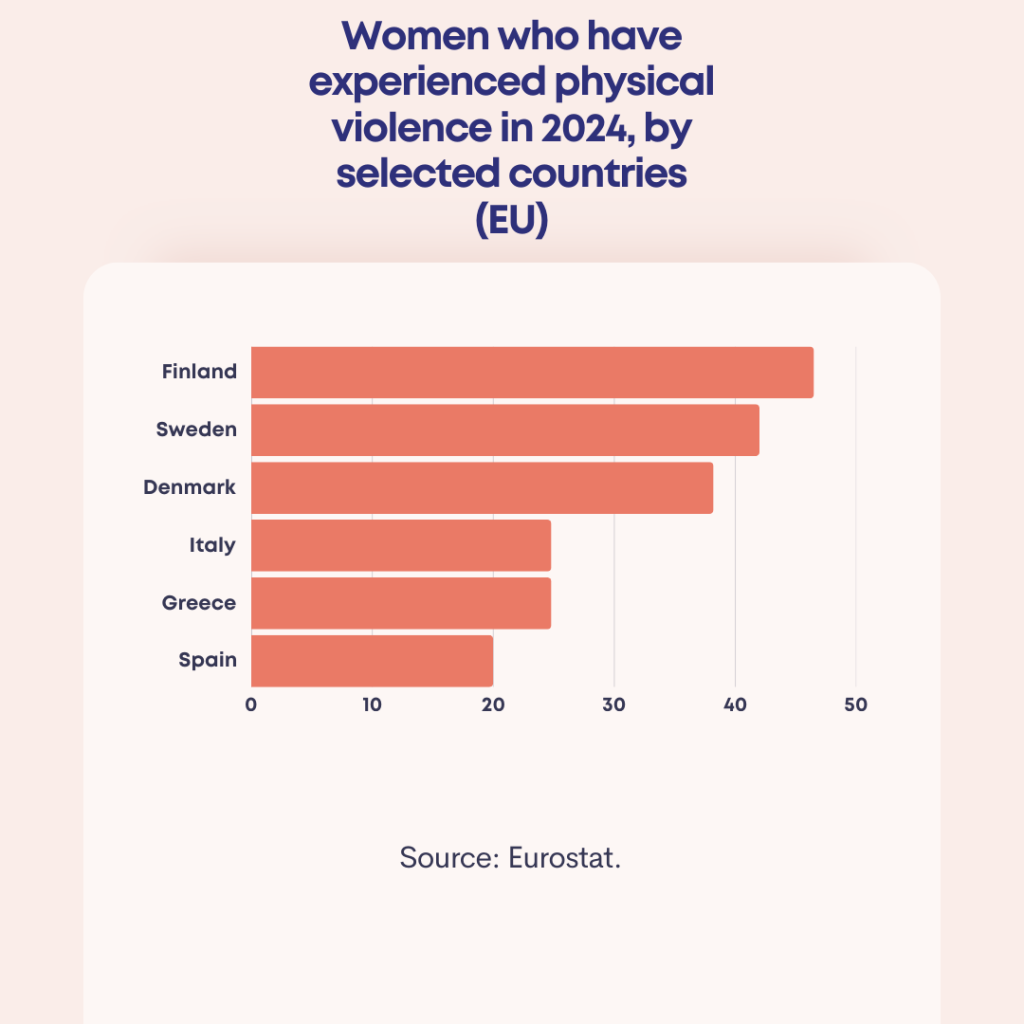
Yet, it is important for him to underline, that this does not take the importance and seriousness away from the Nordic women’s experience of violence. The essential part is how people as a nation perceive violence and draw the lines.
Statistics show that women in the Nordic countries report more violence and seek for help more often. To William Ø. Sørensen, part of the reason is that some southern European countries simply do not have the same response capacity when it comes to violence against women:
“For example, there is no consent-based law on sexual violence in Italy. So, when compared to for example Denmark, there are fewer actions that are technically legally defined as violence,” he says.
However, when looking at factors such as what kind of women experience violence, and what kind of violence they experience, northern and southern Europe look alike.
Yet, according to William Ø. Sørensen, there is a general understanding that gender equality is already achieved in the Nordic countries, while countries in the south still have a great problem. This can create some simplified conclusions about the different parts of Europe:
“The good thing about the ‘Nordic paradox’ is that it forces people to reconsider some of the expectations and assumptions about how societies work,” he says.
Nothing is solved anywhere in Europe when it comes to violence against women. The fact that the countries in the north and south look like each other, suggests not progress across Europe, but a problem across Europe, he underlines.
